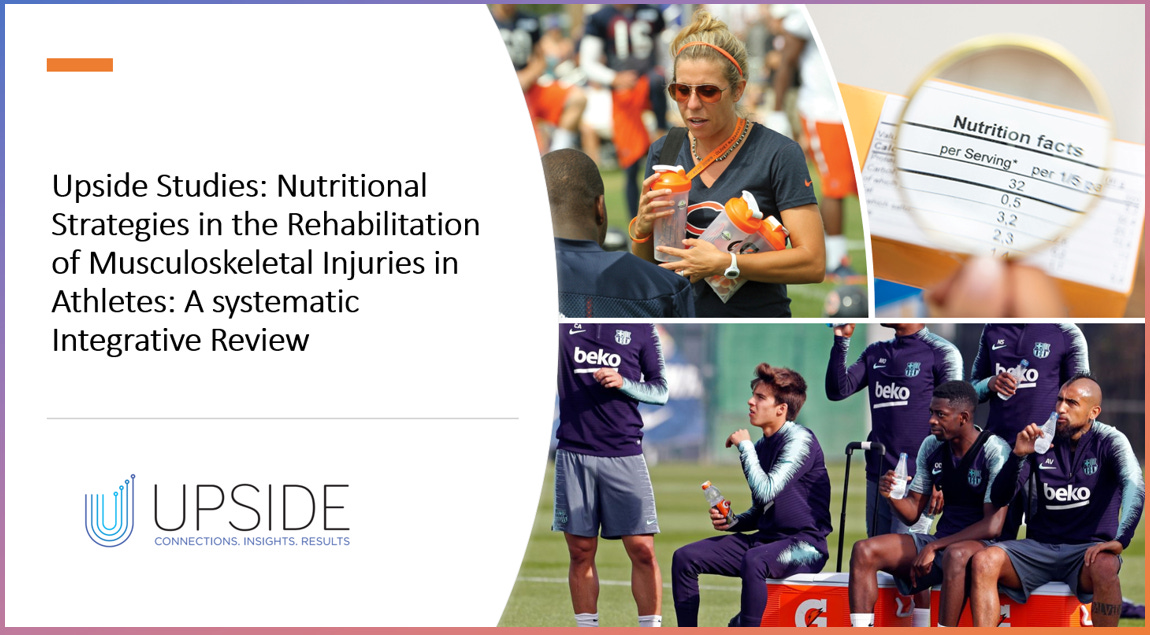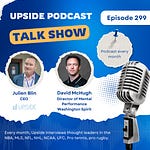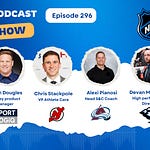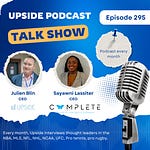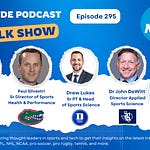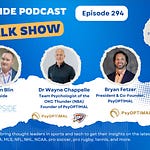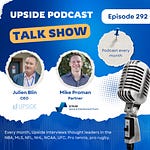Today we have the honor of interviewing José María Oliva Lozano, the Director of Research and Innovation at the US Soccer Federation.
José María Oliva Lozano serves as the Director of Research and Innovation at the U.S. Soccer Federation, a role he has held since November 2023. In this position, he leads initiatives that integrate advanced technologies and data-driven methodologies to enhance player development, health, and fan engagement. Prior to this, he was a Senior Manager in the same department from December 2022 to November 2023. Before joining U.S. Soccer, Oliva Lozano accumulated diverse experience in sports science and coaching. He worked as a Researcher and Lecturer at the Universidad de Almería from September 2019 to December 2022, and concurrently served as the Fitness Coach for UD Almería's U19 team from June 2021 to October 2022.
His earlier roles include positions in the Sport Science Department at RealTrack Systems SL, where he was involved in developing systems for monitoring physical activity and movement in real time, and as a Basketball Attention Manager at East Tennessee State University. Oliva Lozano's multifaceted background underscores his commitment to advancing soccer's reach and impact across various dimensions in the U.S.
📝 Show Notes: Through this interview, we touched on his background, the typical process from a published research finding to real-world application on the field or in training. We also discussed the biggest barriers or friction points you encounter when trying to apply research in a high-performance soccer environment. Jose also walked us through a specific example where a research study led to a successful change in practice, whether in injury prevention, training load, or recovery. He also touched on how he evaluates whether a new research-based intervention is actually working in your environment. Lastly he gave us his opinion on what needs to change—either structurally, culturally, in how research is conducted or shared—for clubs to become more agile and effective in applying cutting-edge research.
You can read the full transcript of the podcast interview with José located at the top of this blog post.
Here are the best quotes from the interview with José:
Q1. From Research to Real-World Application – Process and Stakeholders
The process is never exactly the same—it really depends on the specific question we’re trying to answer. Some research starts with internal curiosity, while much of it originates from coaches or performance staff who face real, practical challenges. The first step is building alignment and ensuring everyone involved understands the 'why' behind the research. Once that’s established, we develop strategies to test the idea, sometimes through pilot studies, or on less critical training days. We may even test it internally before rolling it out to a team. The stakeholders vary by project, but typically include the high performance leadership, medical staff, coaching staff, etc. Getting everyone on the same page is critical, especially when we're trying to translate something abstract—like a research paper—into something coaches can trust and act on.
Q2. Barriers or Friction Points in Applying Research
Cultural resistance may be a hurdle. In soccer, there’s a lot of tradition, and coaches naturally rely on what’s worked for them in the past. That can make them skeptical of new methods, especially if they’re coming from academic or unfamiliar sources. We’ve learned that even the best research won’t make an impact unless we can clearly communicate it in a way that resonates with practitioners. That means simplifying findings and making them actionable. Another challenge is integrating new tools or processes into existing workflows. Anything that disrupts routines, even slightly, needs to be introduced gradually and with care. Budget constraints exist, of course, but they’re not necessarily always the biggest issue.
Q3. Example of a Research-Led Change with Measurable Impact
One of our most impactful projects has been around growth and maturation at the youth level. A few years ago, we introduced an innovative tool to assess biological maturation—not just chronological age—using ultrasound to estimate skeletal age. That gave us a whole new dimension in evaluating youth players. This tool gave scouts and coaches a more objective lens, helping them understand where each player is in their developmental journey. Now, when rosters are selected, we can use that information for better distribution across maturation stages and birth quarters. While it's still early, we're already seeing improved understanding and dialogue around these concepts, which I believe will translate into better long-term talent identification and development.
Q4. Evaluating Whether an Intervention is Working
Measuring impact is essential, but it’s not always immediate. With most of our early projects, we're still in the implementation phase, which makes short-term measurement tricky. That said, we rely heavily on qualitative feedback from staff in regular check-ins and department meetings. We also define clear KPIs at the start and track those consistently. Our goal is to build a feedback loop where data and staff experience inform each other. We’re not interested in doing research for the sake of it—we want to solve real problems, and that requires being responsive and adaptive.
Q5. Structural and Cultural Shifts Needed for Better Research Application
First and foremost, I believe every organization needs someone in-house with the background and perspective to support research and innovation. Coaches and staff are consumed with the demands of day-to-day operations—they don’t have the bandwidth to look long-term or dig into academic literature. That’s where we come in. We can step back, look at the big picture, and offer grounded insights. But to do that well, collaboration across departments is key. We need to break down silos and create shared ownership of applied research. Structurally, we need more translational work: research designed with end users in mind. Culturally, we need to foster curiosity and openness to experimentation. Just because something is new doesn’t mean it’s a threat—it could be the very thing that helps us grow. And finally, communication is critical. Many people struggle to access or understand research articles. We have to get better at sharing findings clearly, consistently, and in a way that invites others in. That’s how we build a culture of learning.
You may also like:
📈 🏈 Upside Studies: Cardiac Arrest & Neurologic Recovery: Insights from the Case of Mr. Damar Hamlin
Title: Cardiac Arrest & Neurologic Recovery: Insights from the Case of Mr. Damar Hamlin
📈 🏈 Upside Studies: Nutritional Strategies in the Rehabilitation of Musculoskeletal Injuries in Athletes: A Systematic Integrative Review
Title: Upside Studies: Nutritional Strategies in the Rehabilitation of Musculoskeletal Injuries in Athletes: A Systematic Integrative Review




